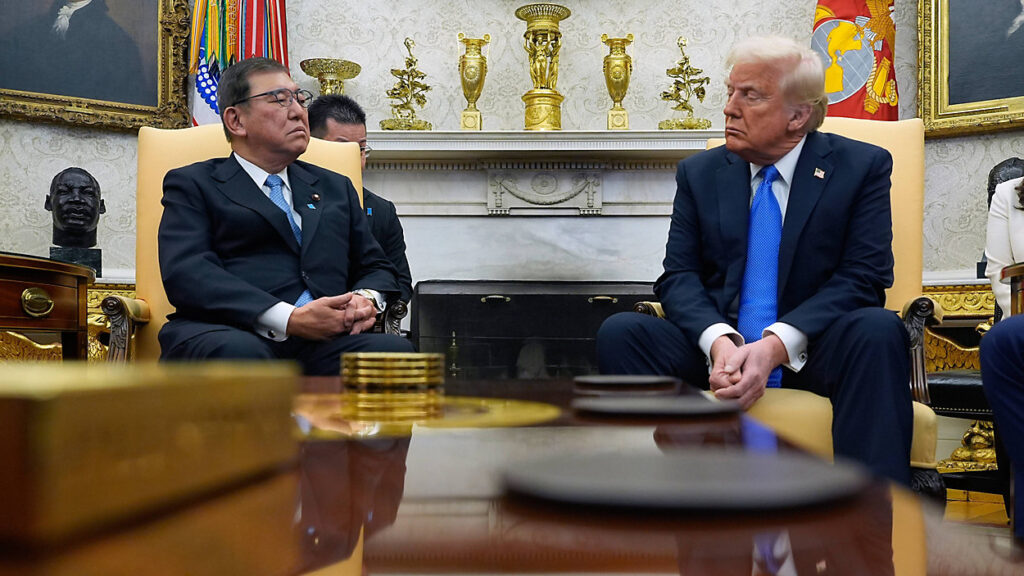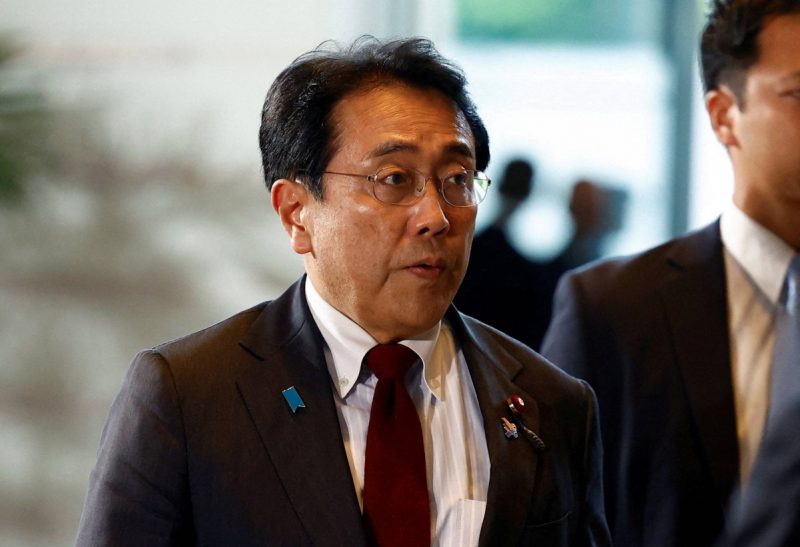Japan pushes US tariff reversal with unprecedented urgency right now, and Economic Revitalization Minister Ryosei Akazawa is heading to Washington for his fifth trip focused on resolving these trade disputes. The US tariff negotiations are intensifying ahead of the G-7 trade talks scheduled for mid-June, and the Japan trade policy update is reflecting mounting diplomatic pressure at this time. Market analysts are warning of potential impact on global markets as both nations work against an increasingly tight timeline before the crucial summit.
Also Read: Trump’s New Capital Tax Sparks Fears of Global Retaliation
Japan’s US Tariff Reversal Push Sparks Market Volatility And Trade Risks


Diplomatic Mission Intensifies Trade Pressure
Japan pushes US tariff reversal through intensive diplomatic efforts right now, and Akazawa is making his third consecutive weekly trip to Washington. Prime Minister Ishiba Shigeru has instructed his top negotiator to seek common ground while also protecting national interests at the time of writing.
The US tariff negotiations have become increasingly critical as diplomatic sources are suggesting that Ishiba might visit the United States before the G-7 summit. This strategy aims to facilitate direct talks between the Prime Minister and President Trump, and it reflects how serious these discussions have become.
Trump Administration Demands Drive Negotiations
The Trump administration’s focus on reducing trade deficits has intensified US tariff negotiations between the two nations right now. American negotiators have consistently been demanding increased Japanese imports from the United States, and this is creating pressure for concrete proposals.
Akazawa will meet with US Treasury Secretary Bessent and other major officials who oversee the President’s trade policy. Since only 10 days remain before the G-7 talks on trade, the parties involved know that time is limited and the discussions have become harder to manage.
The minister hinted that he will handle the talks with Ishiba’s diplomatic commitments in mind, as the Prime Minister hinted earlier at the possibility of a visit. This method demonstrates how Japan is urging the US to lower tariffs as it considers both its own economy and trade with other countries at this particular moment.
Also Read: Japan’s $1.1 Trillion in US Treasuries: A New Weapon in Economic Warfare
Critical Timeline Pressures
The compressed timeline has added complexity to the US tariff negotiations, and both sides are addressing longstanding trade disputes at the time of writing. Akazawa expects to incorporate US demands while also safeguarding Japanese economic priorities in his proposal.
The outcome will likely influence broader G-7 trade talks and set precedents for future bilateral negotiations. As Japan pushes US tariff reversal efforts, the international business community awaits clarity on tariff structures that could reshape trade flows between these major economies.
The success of Akazawa’s mission may determine whether the G-7 summit produces meaningful agreements or highlights continued divisions among major economic partners. Both nations are working against time to find common ground that benefits their economies while maintaining global trade stability, and Japan’s trade policy update and impact on global markets remain closely watched by international observers right now.





